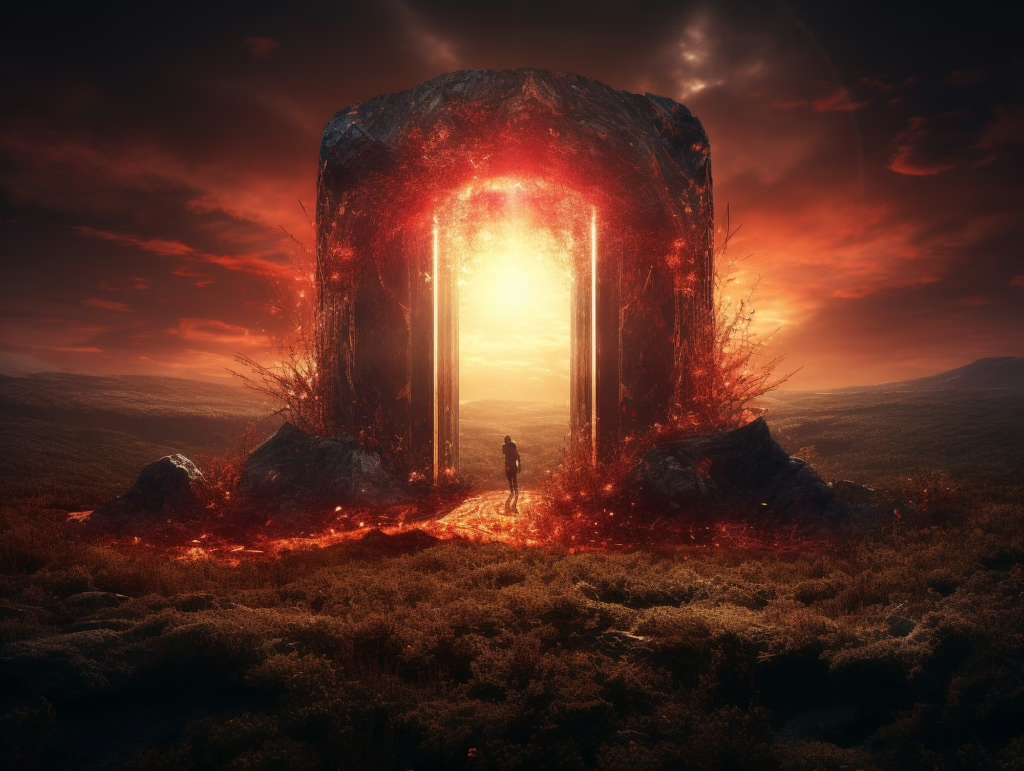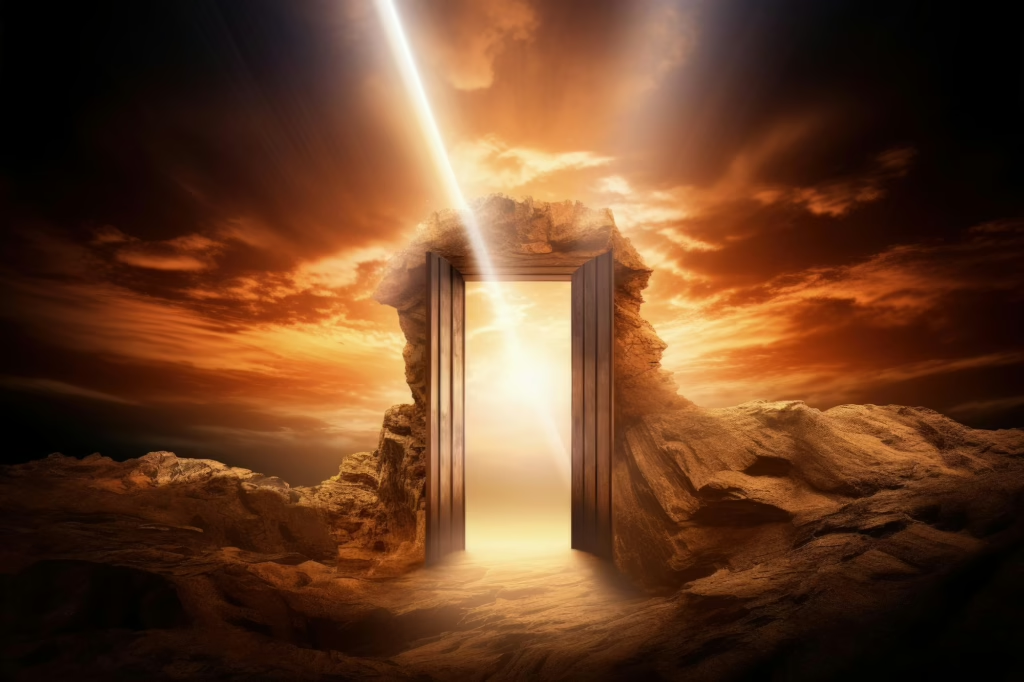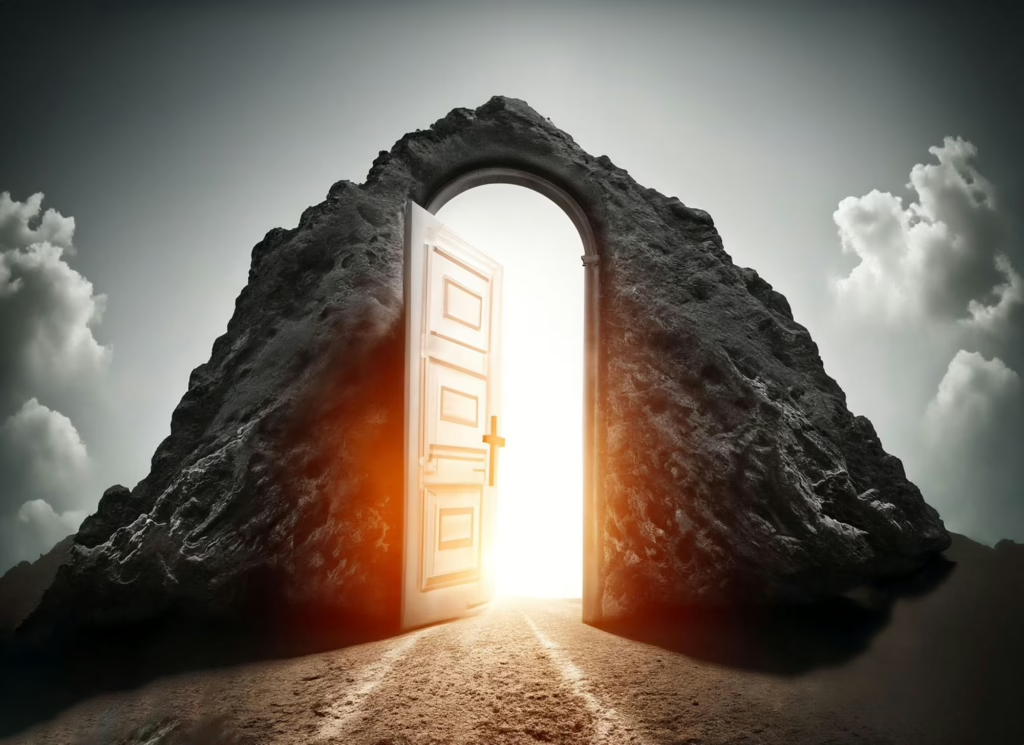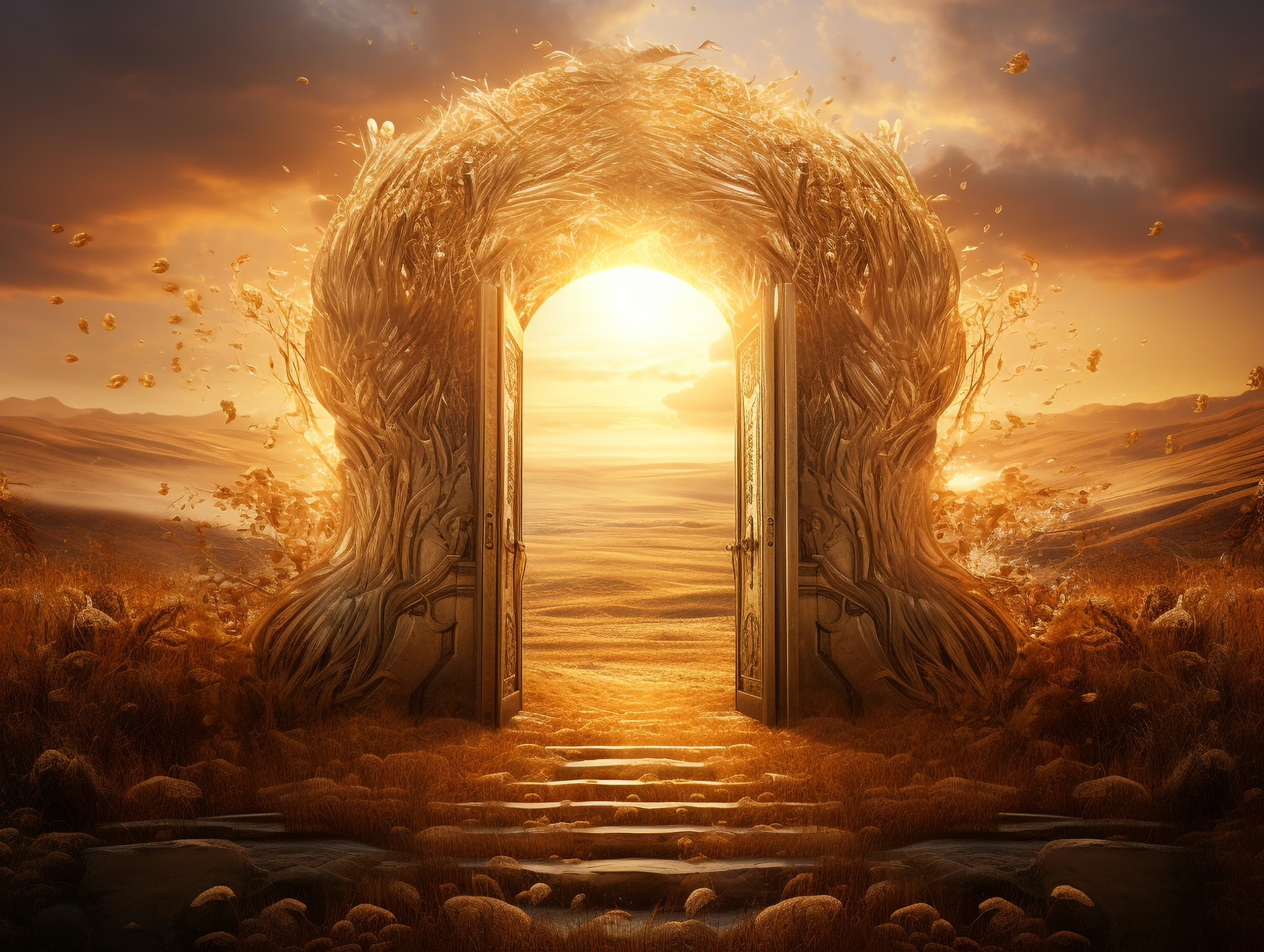W. B. Yeats’ “The Second Coming” is a profound and apocalyptic poem that reflects the disintegration of the modern world in the aftermath of World War I. Written in 1919 during a time of immense political upheaval, spiritual confusion, and historical transition, the poem expresses Yeats’ belief that history moves in great cyclical patterns—gyres—which, when reaching their extremes, collapse to give birth to a new era. Drawing on Christian imagery, occult philosophy, and mythic symbolism, Yeats envisions not a redemptive rebirth, but the emergence of a monstrous and terrifying force that marks the end of one civilization and the beginning of another. The poem’s dense imagery, haunting tone, and masterful use of figures of speech have made it one of the most significant and widely quoted poems of the 20th century. What follows is a line-by-line exploration of the poem’s meaning, symbolism, and poetic techniques.

Stanza 1
Turning and turning in the widening gyre
This opening line introduces Yeats’ mystical concept of historical cycles—gyres—which spiral outward until they collapse. The image suggests an unstoppable, expanding motion, indicative of a world spinning into chaos.
Figures of Speech:
Alliteration – “Turning and turning” emphasizes dizzying, repetitive motion.
Symbolism – “Gyre” represents Yeats’s theory of cyclical historical phases.
The falcon cannot hear the falconer;
The bond between falcon and falconer is broken. This image symbolizes a disconnection between humanity (falcon) and its guiding authority—whether divine, moral, or institutional (falconer). Society no longer responds to its controlling principles.
Figures of Speech:
Metaphor – Falcon = society/humanity; Falconer = authority/order.
Symbolism – Spiritual and social disintegration.
Things fall apart; the centre cannot hold;
A powerful declaration of social collapse. Institutions, beliefs, and values at the “centre” of civilization can no longer sustain structure or meaning. The line signals an unraveling world.
Figures of Speech:
Metaphor – “Centre” stands for core values or stability.
Paradox – A centre by definition should “hold,” but it is failing.
Mere anarchy is loosed upon the world,
The breakdown of order unleashes raw, purposeless chaos. The use of “mere” highlights its unfiltered, primal nature, while “loosed” implies a force that cannot be controlled.
Figures of Speech:
Personification – Anarchy is given agency, as if it has been set free.
Diction – “Mere” emphasizes the terrifying purity of the chaos.
The blood-dimmed tide is loosed, and everywhere
A disturbing metaphor likens the violence and upheaval to a red, deadly tide. This wave of destruction spreads unstoppably across the globe.
Figures of Speech:
Metaphor – “Blood-dimmed tide” suggests mass violence, possibly war.
Personification – Like an animal or monster, the tide is “loosed.”
Imagery – Evokes a vivid, gory visual scene.
The ceremony of innocence is drowned;
Traditional structures of purity and virtue are overwhelmed by the blood-dimmed tide. Innocence is not only lost but violently submerged.
Figures of Speech:
Metaphor – “Ceremony of innocence” stands for ritualized purity, moral values.
Personification – Innocence is drowned like a living being.
The best lack all conviction, while the worst
Are full of passionate intensity.
Moral inversion dominates the world: good people are uncertain and passive, while the evil are energetic and zealous. This defines a world where moral clarity has been corrupted.
Figures of Speech:
Antithesis – “Best” vs. “worst”; “lack conviction” vs. “full of passionate intensity.”
Irony – Those with wisdom are inactive; the dangerous are decisive.

Stanza 2
Surely some revelation is at hand;
Surely the Second Coming is at hand.
The repetition of “Surely” conveys urgency and a desperate hope or fear. The speaker senses that this chaos must be leading to some great, divine event—likely the Christian “Second Coming” of Christ.
Figures of Speech:
Allusion – Reference to Christian eschatology.
Repetition – “Surely” reinforces the speaker’s insistence or disbelief.
The Second Coming! Hardly are those words out
When a vast image out of Spiritus Mundi
The speaker no sooner utters “Second Coming” than he sees a horrifying vision. Spiritus Mundi, Yeats’s concept of a world-soul or collective unconscious, produces a symbolic image foretelling the future.
Figures of Speech:
Allusion – “Second Coming” and “Spiritus Mundi” refer to Christian prophecy and Yeats’s metaphysics.
Symbolism – The “vast image” represents a force that will define the new era.
Troubles my sight: somewhere in sands of the desert
A shape with lion body and the head of a man,
The vision emerges from the desert—an archetypal setting of isolation and revelation. The creature resembles the Sphinx, suggesting ancient, primal forces now returning.
Figures of Speech:
Imagery – Vivid visual description of a hybrid beast.
Symbolism – The creature stands for a new, terrifying era rising from the ruins of the old.
Allusion – To mythological beasts (e.g., the Sphinx).
A gaze blank and pitiless as the sun,
The creature’s expression is emotionless and merciless. The simile “as the sun” emphasizes the cold, impartial, and all-pervasive nature of this force—it does not discriminate between good and evil.
Figures of Speech:
Simile – “As the sun” compares the gaze’s indifference to the sun’s neutrality.
Personification – The gaze is given a cold and pitiless demeanor.
Is moving its slow thighs, while all about it
Reel shadows of the indignant desert birds.
The beast’s slow movement intensifies the dread—it is approaching inevitably. The desert birds (perhaps vultures) circle in protest, their indignant shadows reeling about, reacting to the monster’s arrival.
Figures of Speech:
Personification – Desert birds are described as indignant, attributing them with human emotion.
Imagery – Visual movement of shadows evokes horror and restlessness.
The darkness drops again; but now I know
That twenty centuries of stony sleep
Darkness returns—perhaps metaphorically signaling the end of the vision—but the speaker now possesses new, terrifying insight. The twenty centuries refer to the Christian era since Christ’s birth. Stony sleep suggests a long, unfeeling, dormant period.
Figures of Speech:
Metaphor – “Stony sleep” connotes spiritual coldness and historical dormancy.
Allusion – To the Christian timeline.
Were vexed to nightmare by a rocking cradle,
The gentle image of a cradle—often symbolizing Christ’s birth—is inverted. Instead of peace, it has vexed the world into a nightmare. This paradox implies that even the origin of the Christian era carried the seeds of future horror.
Figures of Speech:
Paradox – A rocking cradle, a symbol of comfort, causes a nightmare.
Irony – Christ’s birth is not the beginning of salvation, but of eventual horror.
And what rough beast, its hour come round at last,
Slouches towards Bethlehem to be born?
The final lines are deeply ominous. The rough beast, unlike the divine Christ-child, is brutish and inevitable. Its “hour” has arrived, and it moves not with grace but with an animalistic slouch toward the symbolic site of Christ’s birth—Bethlehem. Yeats replaces a savior with a monster.
Figures of Speech:
Metaphor – “Rough beast” symbolizes the destructive new age or anti-Christ figure.
Irony – Bethlehem, the birthplace of salvation, is now the destination for a dark, apocalyptic birth.
Symbolism – The beast stands for a new order—savage, impersonal, and terrifying.
Allusion – To the Nativity and the Christian tradition, now turned on its head.

“The Second Coming” combines Yeats’s esoteric philosophy with acute historical awareness, producing a terrifying prophecy about the world’s moral and spiritual collapse. Its figures of speech, especially metaphor, irony, symbolism, and allusion, enrich its haunting, apocalyptic vision and elevate it to one of the most important poems of the modern era.

